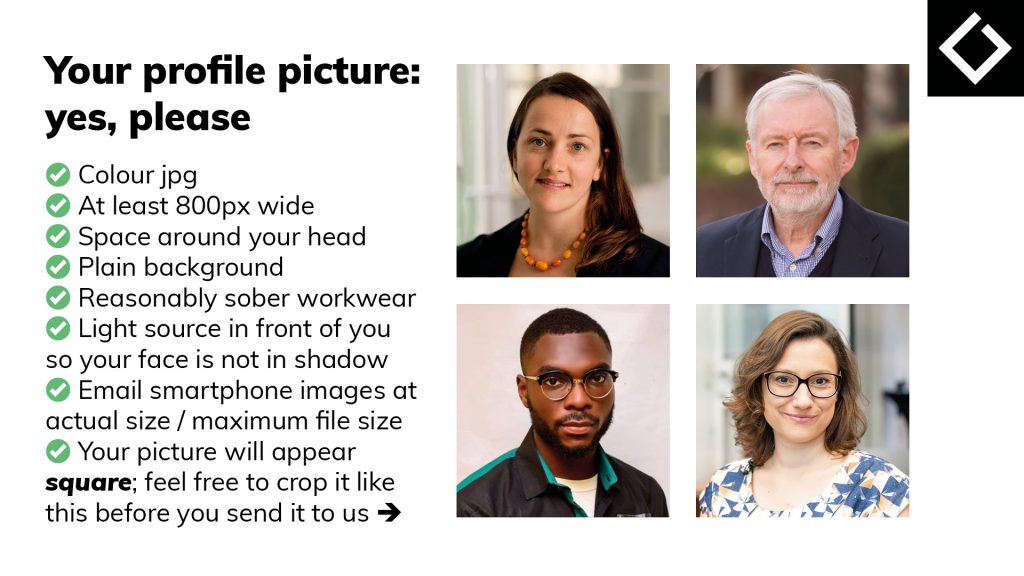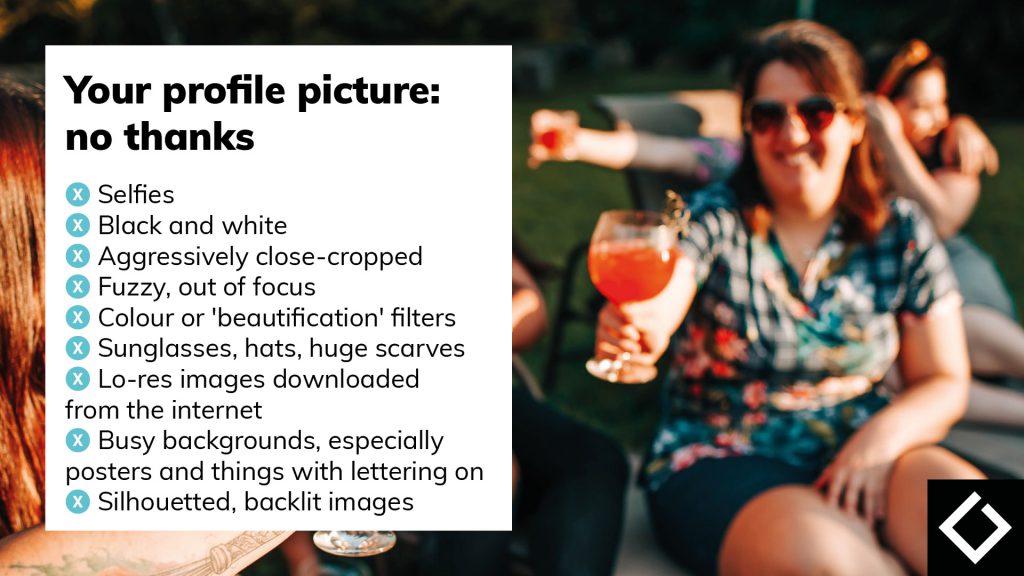Follow these tips, and your blog piece will need only the lightest intervention from The Loop editorial team. If you don’t follow our guidance, it's likely we’ll still publish your piece, but be prepared for a hard edit!
Keep your blog piece below 1,000 words; title, standfirst and subheadings included. Anything longer will come back to you for cutting.
No more than 70 characters, including spaces. Don’t make it cryptic; state clearly what your blog piece will argue. Include keywords to improve SEO.
Add a c.50-word standfirst (also known as a 'sell' or 'kicker'). Include your name, set out your argument, and entice the reader to continue.
Use short subheadings (section titles) to break up running copy: 3–5 per blog piece is typical. Our software does not allow for more than 300 words of text without a subhead. If your piece lacks them, we’ll start adding.
No more than 25% of your sentences should exceed 20 words. If your piece includes lots of convoluted sentences, we will split them up into brief, punchy ones.
‘My research found…’ not ‘It was found by my research…’
We don’t use formal academic referencing on The Loop. Include plenty of hyperlinks in your blog piece, including to existing Loop blog pieces, if possible.
If you can, submit graphs, diagrams and tables to back up your argument.
Put your main argument in the first paragraph, and ensure the rest of the blog is relevant to it. Tell the reader exactly why your argument is newsworthy or important.
Your piece needs to answer more questions than it poses. Communicate what we know – who, what, how and why – and consider if any questions posed are strictly necessary. Avoid titles in the form of questions to which the answer is 'no'.
We welcome blogs that derive from research articles. But please don’t simply summarise your research in 1,000 words. The reader must be able to understand your blog piece without reference to the article, though we will hyperlink to the source. Write your blog in a different way or from a new perspective – or maybe pick up on one angle only from the research article.
We are not an ‘Englishing’ service. If you suspect your English may be inadequate, ask a native speaker to check your copy before you submit it.
The Loop aims to reach readers beyond academe, including politicians, policymakers, journalists, and well-informed citizens. Ask yourself: Is my blog piece comprehensible and interesting to a non-academic reader? Would my Grandma understand it?
Try and end your blog with a punchline. Avoid simply proposing that we need more research on the topic or identifying further research that could follow (only other academics are interested in that). Instead, synthesise your main theme and restate it using different words, perhaps picking up on something you have written in the introduction, so that it ties the blog together nicely. You might even speculate about the future.
Questions? Email theloop@ecpr.eu
We will promote your piece through The Loop’s Twitter-X and BlueSky accounts, and related ECPR social media. We'll also include it in the bi-weekly Loop Digest email. Please do share widely through your own networks.
When sharing your piece, tag @ecpr_theloop or ecprtheloop.bsky.social and we will of course repost!
All authors on The Loop must have a My ECPR account, which generates a unique User ID number. If you do not yet have a MyECPR account, we will ask you to set one up, using the email address on which you wish to be contacted on Loop-related matters. To complete your profile, we will send you a separate email, requesting:
Please submit a good-quality recent colour headshot, in jpg format. Don't embed it in a Word file, but send it as a separate attachment. We cannot accept selfies or black and white images. Avoid hats, big scarves, sunglasses, and anything else that obscures your face.
Your profile image will appear square, so if you would like to crop it proportionally before you send it to us, that’s fine. Make sure you have some space all around your head. The image should be at least 800px wide. If it is too small, we cannot accept it for publication.


If you have ideas for a picture to illustrate your piece, please do offer suggestions. This is particularly important if there is no obvious visual theme and we require a more abstract accompaniment. You can create free accounts at online picture libraries such as Pixabay, Unsplash and Pexels, on which you can search by keyword.
You are welcome to provide your own image from a different source, but it must be at least 1600px wide and you must have written permission for us to publish it online, royalty free.
Perhaps you have strong feelings about imagery you do not want us to use, whether for safety / sensitivity reasons or because you feel it might undermine your message. If this is the case, please let us know when you submit your copy.
Please do not embed any figures or graphs in your Word file; this should contain only text.
Supply accompanying figures and graphs separately, as jpgs, at as high a resolution as possible. Poor quality graphics may not render clearly enough on screen for us to be able to publish them.
We may need to recreate tables in order for them to display correctly.